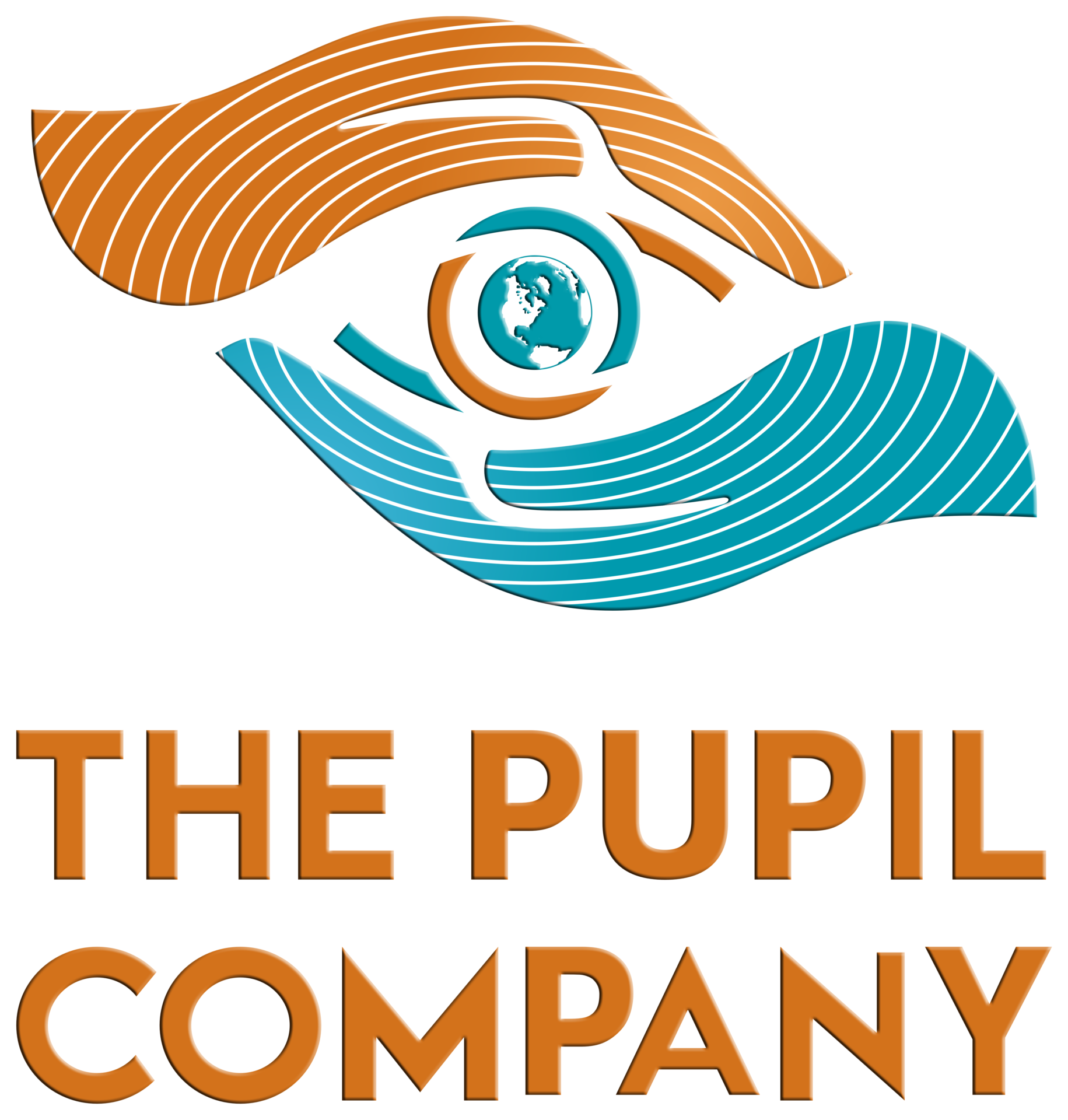In the fast-paced digital era, education has transcended traditional boundaries, with e-learning emerging as a cornerstone of modern learning methodologies. Among the many benefits it offers, one stands out as a game-changer: the ability to self-pace. In this blog post, we’ll explore the profound value of self-pacing in e-learning and how it empowers learners to take control of their educational journey.
One size doesn’t fit all when it comes to education. Each learner possesses a unique set of strengths, weaknesses, and preferred learning styles. Self-pacing in e-learning acknowledges this diversity and allows individuals to tailor their learning experience to match their specific needs.
By providing learners the flexibility to move through the material at their own speed, e-learning platforms create a personalized environment. Whether a student needs more time to grasp a complex concept or wants to breeze through familiar material, self-pacing ensures that every individual can optimize their learning journey.
The traditional classroom model often struggles to accommodate the varying speeds at which students learn. Some may feel rushed, leading to a shallow understanding of the material, while others may find the pace too slow, resulting in boredom and disengagement. Self-pacing addresses this issue by allowing learners to spend as much time as needed on each topic.
This approach fosters a deeper understanding of the subject matter. Learners can revisit challenging concepts, review materials, and engage in additional practice until they feel confident in their grasp of the material. The result is not just memorization for exams but a genuine comprehension that can be applied in real-world scenarios.
The beauty of self-pacing lies in its ability to cater to diverse learners. Whether someone is a full-time professional seeking to upskill, a parent juggling family responsibilities, or a student with unique learning needs, the flexibility of e-learning enables individuals to balance education with other life commitments.
Moreover, self-pacing accommodates different learning preferences. Some may thrive in a more immersive, rapid learning experience, while others may prefer a gradual, reflective approach. E-learning platforms, through their self-paced modules, empower learners to choose the rhythm that aligns with their individual preferences and circumstances.
Self-pacing in e-learning not only facilitates academic success but also nurtures essential life skills such as self-discipline and accountability. In a self-paced environment, learners take responsibility for their progress. They learn to manage their time effectively, set realistic goals, and monitor their own achievements.
These skills transcend the virtual classroom, proving invaluable in professional and personal realms. Graduates of self-paced e-learning programs often emerge with a heightened sense of self-motivation and the ability to proactively tackle challenges—a testament to the transformative power of personalized, self-paced education.
As technology continues to reshape the landscape of education, the value of self-pacing in e-learning becomes increasingly evident. By embracing this approach, learners can tailor their educational experience, deepen their understanding of subjects, and acquire crucial life skills. The flexibility and personalization offered by self-paced e-learning are not just enhancements to education; they represent a paradigm shift towards a more inclusive, adaptable, and empowering learning environment.
